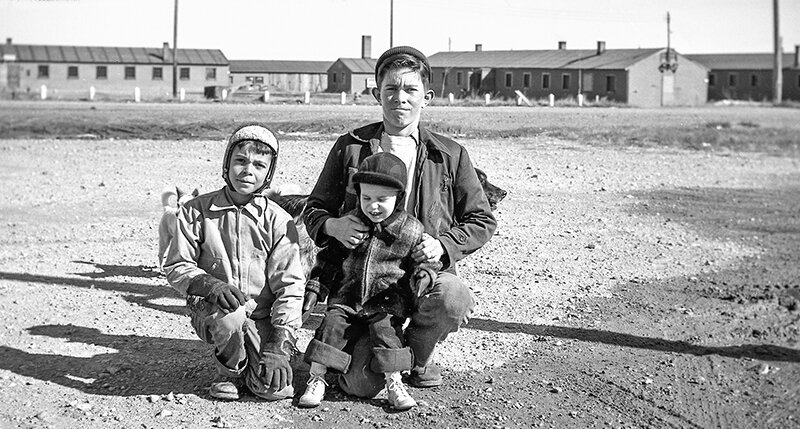Clear, 74° F
In conjunction with the Heart Mountain Pilgrimage, the authors of a new book on the Heart Mountain Internment Camp are holding three talks in Cody.
On Thursday (today) at 4:15 p.m. there will be …
This item is available in full to subscribers.
The Powell Tribune has expanded its online content. To continue reading, you will need to either log in to your subscriber account, or purchase a subscription.
If you are a current print subscriber, you can set up a free web account by clicking here.
If you already have a web account, but need to reset it, you can do so by clicking here.
If you would like to purchase a subscription click here.
Please log in to continue |
|

In conjunction with the Heart Mountain Pilgrimage, the authors of a new book on the Heart Mountain Internment Camp are holding three talks in Cody.
On Thursday (today) at 4:15 p.m. there will be a presentation and talk at the Holiday Inn; at 2:30 p.m. Friday there will be a book signing at Legends Bookstore; and Saturday there will be a talk at 9 a.m. at Absaroka Senior Living and at 3 p.m. at Cody Library.
“Heart Mountain Chronicles” is a meticulously researched account of the construction and operation of one of the 10 prison camps built by the U.S. government in the summer of 1942 to incarcerate persons of Japanese ancestry living along the West Coast after the attack on Pearl Harbor.
The book details the planning, construction, and services that were developed to intern 11,000 people. It’s the story of the physical as well as the social infrastructure that the internees created for themselves: schools, shops, a newspaper, hospital, fire department, and a system of self-government.
The Heart Mountain Relocation Center was constructed in just 60 days and became the third-largest city in Wyoming at the time. Japanese evacuees were interned there from Aug. 12, 1942, until Nov. 10, 1945, when the last of its residents left to rebuild their interrupted lives. Although the purpose of the camp ceased to exist after the war, Heart Mountain continued to house others until the mid-1950s. After WWII, the camp was managed by the Bureau of Reclamation, and its remaining facilities were used to support the construction of the Shoshone Reclamation Project, which provides irrigation for crops in the Big Horn Basin.
Included is a chapter describing the efforts that led to its listing on the National Registry of Historic Places in 1985 and its designation as a National Historic Landmark in 2006.
The authors lived at the Heart Mountain Relocation Center with their parents from April 1948 until November 1950, occupying barracks that once housed Japanese residents. Their father, B.D. Murphy, was a civil engineer with the Bureau of Reclamation who used the deserted center as the headquarters of the Shoshone Reclamation Project.